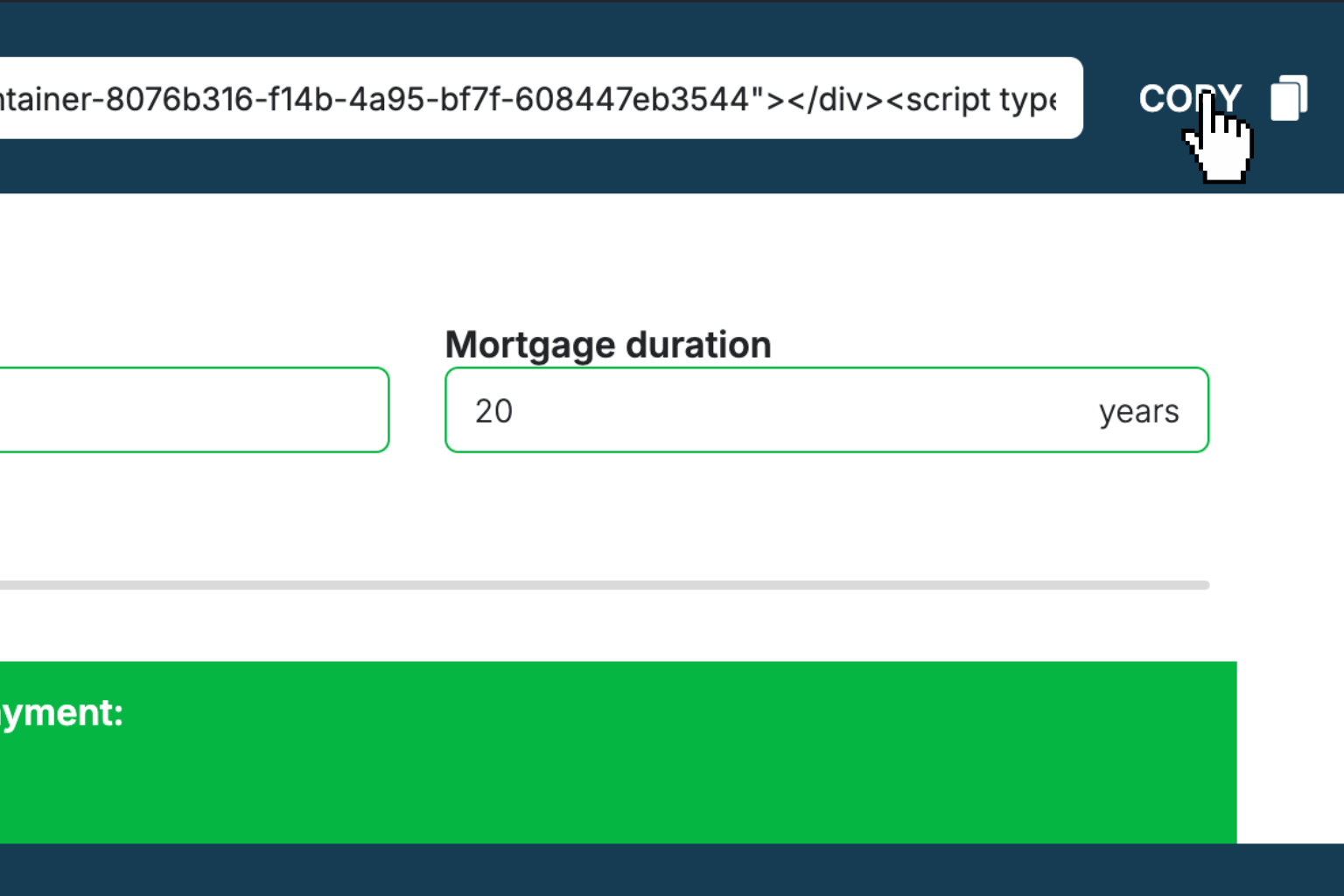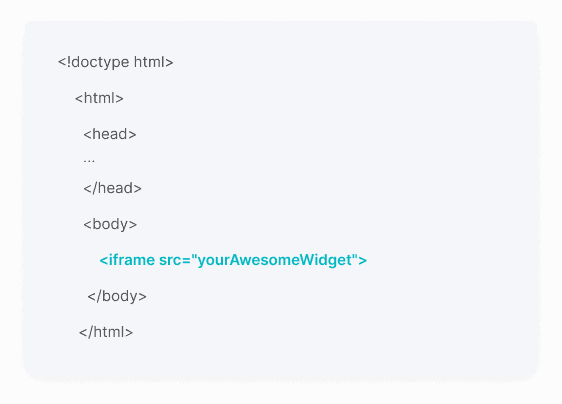Cost of Equity Calculator
Calculate your cost of equity instantly using CAPM or DDM models to make smarter investment decisions.How Cost of Equity Calculator Works
The cost of equity represents the return investors require to compensate them for the risk of investing in a company's stock. It's a critical metric for businesses when evaluating investment projects and for investors when assessing whether a stock offers adequate returns for its risk level.
This calculator offers two widely-used methods depending on whether your company pays dividends. The CAPM (Capital Asset Pricing Model) method works for all companies and calculates cost of equity based on risk-free rates, market returns, and your company's beta (volatility relative to the market). The DDM (Dividend Discount Model) method is specifically designed for dividend-paying companies and factors in dividend payments, current stock price, and dividend growth rates.
Both methods are essential tools in corporate finance, helping companies determine hurdle rates for investments and assisting investors in portfolio decisions. The cost of equity directly impacts company valuations and capital budgeting decisions, making accurate calculations crucial for financial planning.
According to 2024 market data, typical cost of equity ranges from 8-12% for most companies, though this varies significantly by industry and market conditions. Technology companies often see higher rates due to volatility, while utilities typically have lower rates due to stable cash flows.
Cost of Equity Calculator Formula Breakdown
Formula
CAPM Method: Cost of Equity = Risk-Free Rate + Beta × (Market Rate of Return - Risk-Free Rate)
DDM Method: Cost of Equity = (Dividend per Share ÷ Current Market Value) × 100 + Growth Rate of DividendsVariables Explained
- Risk-Free Rate of ReturnThe return on a risk-free investment, typically based on government bond yields. You can find current rates from central bank websites or financial data providers like Bloomberg or Yahoo Finance. Use rates that match your investment time horizon.
- Market Rate of ReturnThe expected return of the overall market, often measured using broad market indices like the S&P 500. Historical averages range from 8-10% annually, but you should use current market expectations. Financial websites and investment research firms publish market outlook data.
- BetaA measure of your stock's volatility relative to the overall market. A beta of 1 means your stock moves with the market, above 1 means more volatile, below 1 means less volatile. You can find beta values on financial websites like Yahoo Finance, Bloomberg, or your broker's research platform.
- Dividend per ShareThe annual dividend payment per share of stock. This information is available in your company's annual reports, investor relations pages, or financial data websites. Use the most recent annual dividend or the expected dividend for the coming year.
- Current Market ValueThe current trading price of one share of stock. You can find real-time stock prices on any financial website, your brokerage account, or financial apps. Use the most recent closing price for calculations.
- Growth Rate of DividendsThe expected annual growth rate of dividend payments, expressed as a percentage. This can be estimated by analyzing historical dividend growth or using analyst forecasts. Conservative estimates typically range from 2-5% for mature companies.
Example Calculation
Given:
- Risk-Free Rate of Return: 4%
- Market Rate of Return: 4%
- Beta: 2
Calculation:
Risk premium = Market Rate - Risk-Free Rate = 4% - 4% = 0%
Beta adjustment = Beta × Risk Premium = 2 × 0% = 0%
Cost of Equity = Risk-Free Rate + Beta Adjustment = 4% + 0% = 4.0%Result:
4.0%Explanation
This example shows a scenario where the market rate equals the risk-free rate (unusual but possible during economic uncertainty). Even with a high beta of 2, the cost of equity equals the risk-free rate because there's no risk premium. In typical market conditions, you'd expect the market rate to exceed the risk-free rate by several percentage points.
Tips for Using Cost of Equity Calculator
- 💡For beta calculations, use at least 2-3 years of historical data to get a reliable estimate, but avoid periods with unusual market conditions that might skew results.
- 💡When estimating market returns, consider using forward-looking analyst forecasts rather than just historical averages, especially during periods of changing economic conditions.
- 💡For dividend growth rates, be conservative in your estimates - it's better to underestimate growth than to overestimate and make poor investment decisions based on inflated returns.
Make Your Own Web Calculator in 3 Simple Steps
Create Interactive Calculator
Design your interactive calculator in under 5 minutes using our drag-and-drop builder.Preview & Generate Embed Code
Review your calculator and copy the embed script when you're satisfied with the results.Embed Calculator Into Your Website
Paste the code into your website's HTML. Works on WordPress, Shopify, Wix, and any platform. EugenCreator of Creative Widgets
EugenCreator of Creative Widgets“After 10+ years in digital marketing, I’ve built calculators that drove thousands of new leads for clients. I realized one thing: calculators convert. They're killer for CRO and great for SEO. That's why I built Creative Widgets—an easy, no-code calculator builder. ”
It's free. Try it out. You'll like it.




